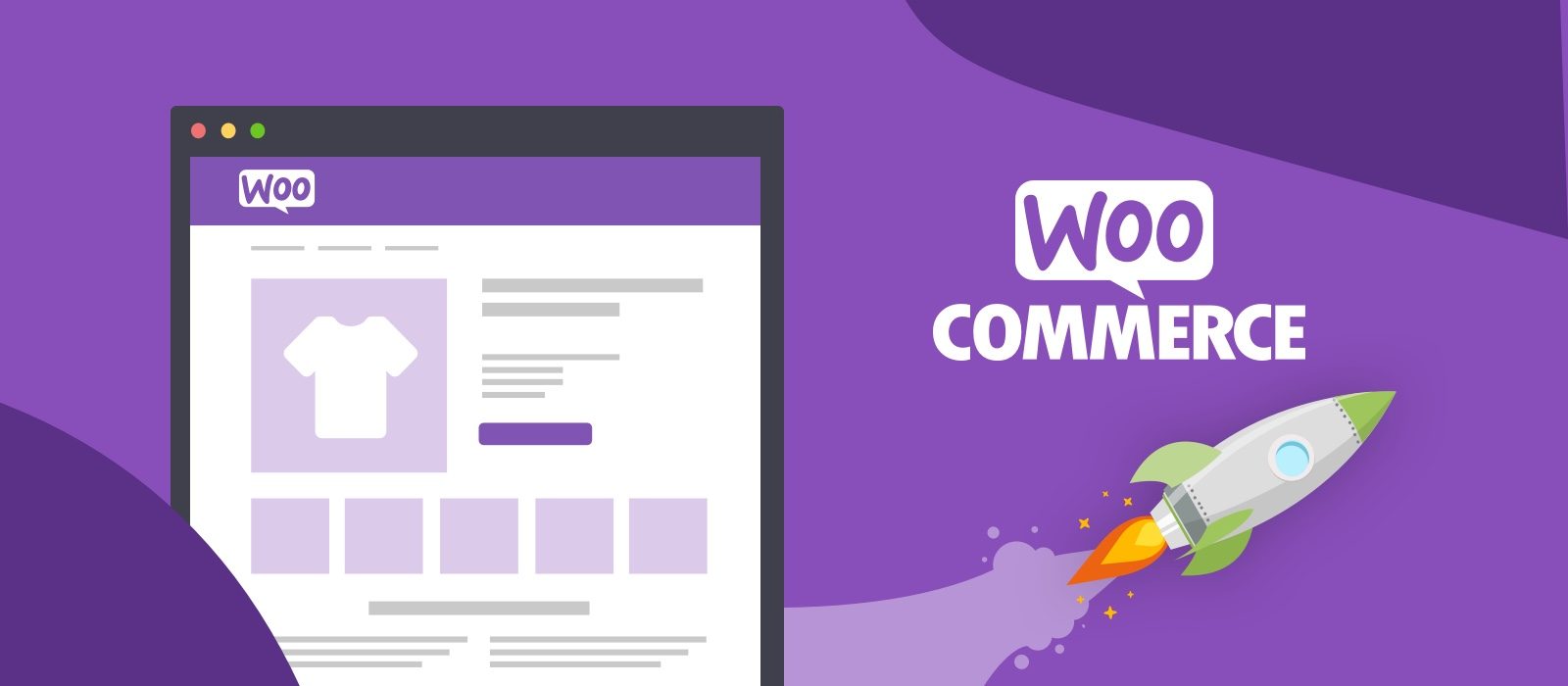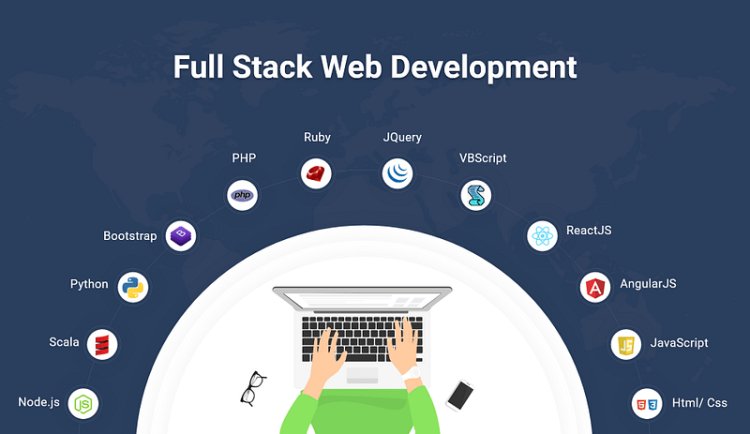Recover Lost Sales: Effective Shopify Abandoned Cart Recovery Strategies

Strong 8k brings an ultra-HD IPTV experience to your living room and your pocket.
E-commerce platforms like Shopify provide businesses with a robust ecosystem to drive sales, manage products, and interact with customers. However, one challenge that remains for every online retailer is dealing with abandoned carts. According to industry data, around 70% of online shopping carts are abandoned, leading to a significant loss in potential revenue.
This comprehensive guide will explore abandoned cart recovery strategies specific to Shopify, offering actionable tips, technical insights, and a deep dive into how developers and IT professionals can optimize the process. By the end of this post, you'll be equipped to reduce your cart abandonment rate, recover lost revenue, and drive more conversions.
Understanding Cart Abandonment in Shopify
Cart abandonment happens when a potential customer adds items to their cart but leaves without completing the purchase. To address this issue and improve conversions, consider leveraging Shopify web services designed to optimize the checkout process and reduce abandonment rates.
There are numerous reasons for this behavior, ranging from unexpected shipping costs to complex checkout processes. For Shopify store owners, understanding these patterns is key to implementing effective cart recovery tactics.
Common causes of cart abandonment include:
- Unexpected Shipping Costs: Sudden charges during checkout can deter customers.
- Complicated Checkout Process: Multi-step forms or requiring account creation can frustrate buyers.
- Concerns About Payment Security: Lack of trust signals during payment can increase abandonment.
- Slow Website Performance: If your Shopify store has slow load times, customers might drop off before completing the purchase.
Optimizing Shopify Abandoned Cart Recovery: Technical Insights
1. Leverage Shopify’s Abandoned Checkout Recovery Feature
Shopify has a built-in abandoned checkout recovery tool that automatically emails customers who left items in their cart. This feature is a crucial starting point for any Shopify store owner looking to recover lost sales. However, the out-of-the-box solution can be enhanced for better results:
- Customize the Email Template: Rather than using Shopify’s default template, developers can customize the email to include personalized product recommendations, dynamic discount codes, and a clear call-to-action.
- Trigger Timing Optimization: By default, Shopify sends abandoned cart emails 10 hours after the cart is abandoned. However, A/B testing at different intervals (e.g., 1 hour, 24 hours) can help identify the optimal time for recapturing lost customers.
2. Utilize Shopify Apps for Enhanced Cart Recovery
Beyond Shopify’s native tool, numerous apps can significantly boost your abandoned cart recovery rate. Some of the top apps include:
- Klaviyo: This powerful email marketing tool allows advanced segmentation and personalized abandoned cart flows, triggered by customer behavior. With precise segmentation, developers can tailor cart recovery emails based on customer preferences, ensuring a more relevant message.
- SMSBump: SMS marketing has an impressive open rate, making it a valuable tool for abandoned cart recovery. By integrating SMSBump, you can send personalized SMS reminders with a direct link to the cart, helping to increase conversions from mobile shoppers.
- PushOwl: Push notifications are another effective medium for cart recovery. With PushOwl, Shopify developers can automate push notifications that remind users about their abandoned carts even when they’re not actively browsing the store.
3. Implement Exit-Intent Popups
Exit-intent popups track a user's mouse behavior and display a special offer when they are about to leave your site. These popups are highly effective in reducing abandonment rates, especially when they include a discount or free shipping offer.
- Technical Setup: For Shopify stores, apps like OptiMonk or Privy provide easy ways to implement exit-intent popups. Developers can further enhance these tools by using custom JavaScript to track user behavior and trigger more relevant offers based on the contents of their cart.
- Offer Personalization: Tailoring the popup offer based on cart value, product category, or previous customer interactions can increase the chances of recovering the cart. Consider A/B testing different incentives (e.g., a 10% discount vs. free shipping) to identify what works best for your target audience.
Data-Driven Strategies for Improving Cart Recovery
1. Analyze Cart Abandonment Metrics
Shopify’s reporting tools provide valuable insights into customer behavior. By regularly analyzing your cart abandonment data, you can identify patterns and adjust your strategy accordingly. Key metrics to track include:
- Abandonment Rate: The percentage of carts abandoned versus those completed.
-
Recovery Rate: The percentage of carts successfully recovered through your email or SMS campaigns.
- Conversion Rate After Recovery: The percentage of recovered carts that lead to a completed purchase.
By combining this data with tools like Google Analytics or Hotjar, developers can gain a deeper understanding of why users abandon their carts, leading to more targeted and effective recovery strategies.
2. Run A/B Tests on Cart Recovery Tactics
Testing different approaches to abandoned cart recovery can provide invaluable insights into what works best for your store. For instance:
- Email Copy: A/B tests different subject lines, copy, and CTAs to determine what resonates most with your customers.
- Discount Offers: Test whether offering a percentage discount or free shipping is more effective in converting abandoned carts into sales.
Incorporate Social Proof and Trust Signals
When customers feel uncertain about a purchase, adding social proof or trust signals can tip the scales. Incorporating customer reviews, security badges, and return policies directly into your abandoned cart emails or exit-intent popups can alleviate customer concerns and increase recovery rates.
- Case Study: One Shopify store saw a 12% increase in abandoned cart recoveries by integrating social proof in their recovery emails. Adding product reviews and "limited stock" alerts helped instill urgency and trust, nudging hesitant buyers back to the checkout page.
Actionable Tips to Reduce Cart Abandonment
While recovering abandoned carts is essential, reducing the rate of cart abandonment in the first place can lead to even higher conversions. Here are some best practices:
- Optimize the Checkout Process: Simplify your Shopify checkout by minimizing form fields and enabling guest checkout.
- Offer Multiple Payment Options: Providing various payment methods like PayPal, Apple Pay, and Google Pay can make the checkout process more seamless for customers.
- Display Clear Shipping Information Early: Inform customers about shipping costs and delivery times before they reach the checkout page to avoid last-minute surprises.
- Improve Site Speed: A fast-loading site is essential for keeping potential buyers engaged. Consider using tools like Shopify’s built-in speed analyzer and optimizing images, scripts, and caching for better performance.
Conclusion
Abandoned cart recovery is a crucial aspect of running a successful Shopify store. By leveraging Shopify’s native tools, integrating powerful third-party apps, and continuously optimizing your strategy through data and A/B testing, developers and IT professionals can drastically reduce their store's cart abandonment rate and recover lost revenue. To effectively implement these strategies, hire Shopify developers who can tailor solutions to your store’s needs.
Incorporating these tips and tricks, alongside well-tested strategies, will help ensure that you maximize your store's conversion potential. Whether you’re customizing email flows, deploying exit-intent popups, or running complex A/B tests, Shopify offers a versatile platform to meet the evolving needs of your e-commerce business.
Note: IndiBlogHub features both user-submitted and editorial content. We do not verify third-party contributions. Read our Disclaimer and Privacy Policyfor details.







